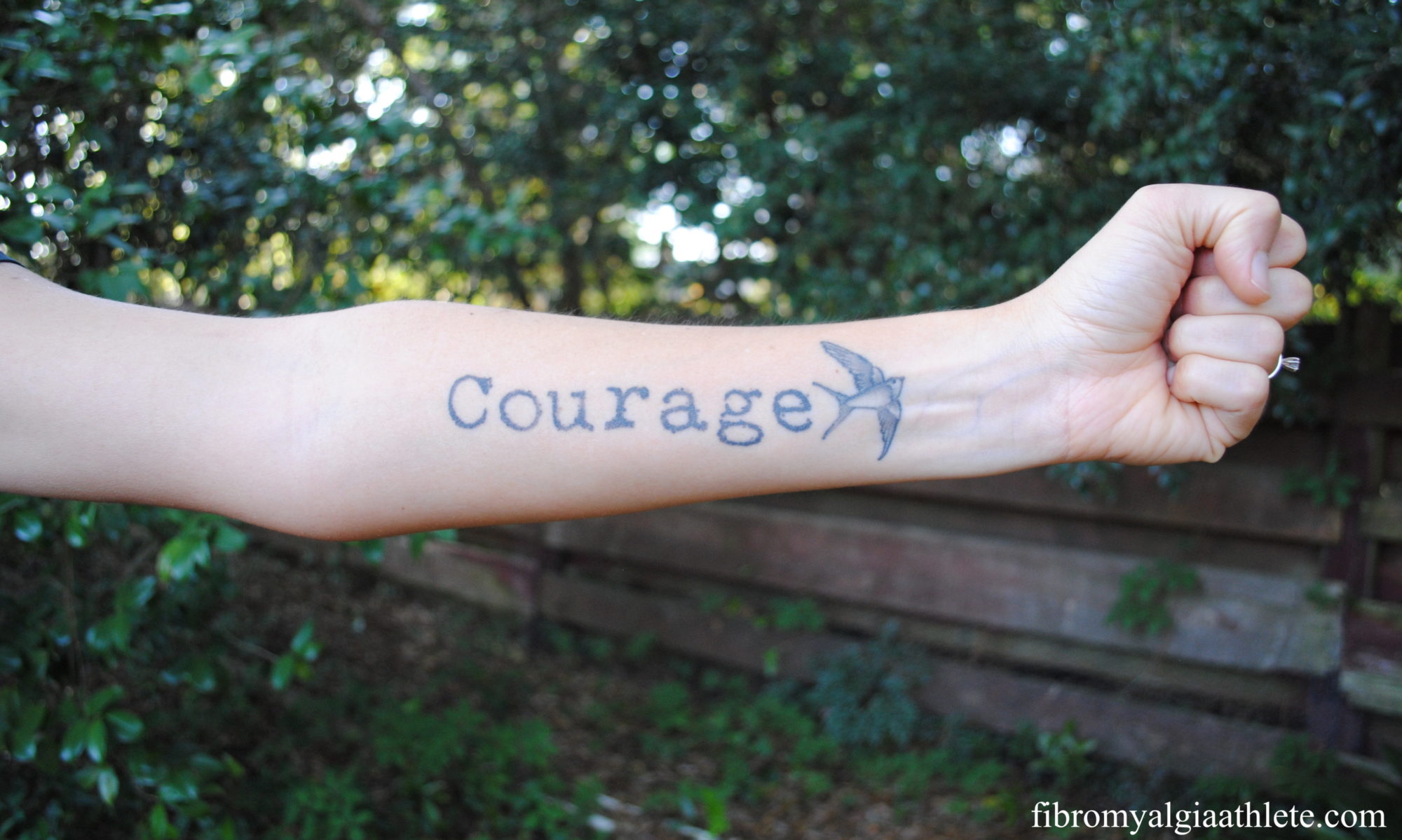“What the hell is dystonia?” I’ve heard that question enough times to get rich if I were paid to answer it. In a not-very-scientific nutshell, here’s my definition.
Dystonia is a condition that causes intractable muscle spasms that result in pain, limited range of motion, and often bizarre postures. Those spasms and postures and pain make it hard to do anything normally. I have cervical dystonia, which means my neck muscles are very tight—sometimes so tight that I can’t do anything but lie flat on my back and yell curse words.
Dystonia can be in different parts of the body, and I’m afraid mine has spread to my right hip. Some days I can’t walk normally, although that’s usually remedied by forcing myself to walk until my gait straightens out, which sometimes takes an hour or more. A few weeks ago, I had debilitating calf spasms in both legs, and I had to crawl to get to the bathroom. I upped my magnesium dose and have thankfully had no more calf problems, although I stretch them obsessively. I’m headed to yet another specialist five hours from home in August.
Sitting is one of the worst things I try to do. I stand whenever possible, often through meals and all day at work. I also have to be very careful with my head and neck. I sold my road bike a couple of years ago in favor of a “grandma” hybrid, because the aero bar position was impossible with cervical dystonia. Now I can ride my bike as long as my hip allows me to sit, or as long as my legs can handle standing while pedaling.
Some people have such severe dystonia that they are stuck twisted sideways, or an arm or leg (or both) are flexed abnormally and locked in a way that looks impossible. I’m one of the lucky ones, although it doesn’t feel like it sometimes, which brings me to my final non-scientific definition of dystonia: it is an unpredictable, life-changing bastard that can make you a prisoner in your own body.
My rather cynical definition aside, I refuse to let dystonia lock me in bed. When I wake up and am slow and stiff, I either go straight to the gym and get on the elliptical (the weird movement of that machine loosens my joints) or walk around the neighborhood. Exercise doesn’t help the pain very much, but it definitely increases my mobility. It’s also a huge psychological victory to be able to still do something I want to do even when my body doesn’t want to cooperate. There are some days when I can’t do much of anything besides feel like a leech, taking up space and resources, but I can almost always force my body into walking.
I recently found the Dystonia Medical Research Foundation, and it’s a pretty awesome organization. Check out their website if you want more information. I’ve been sitting too long, and I have to go for a walk now.






